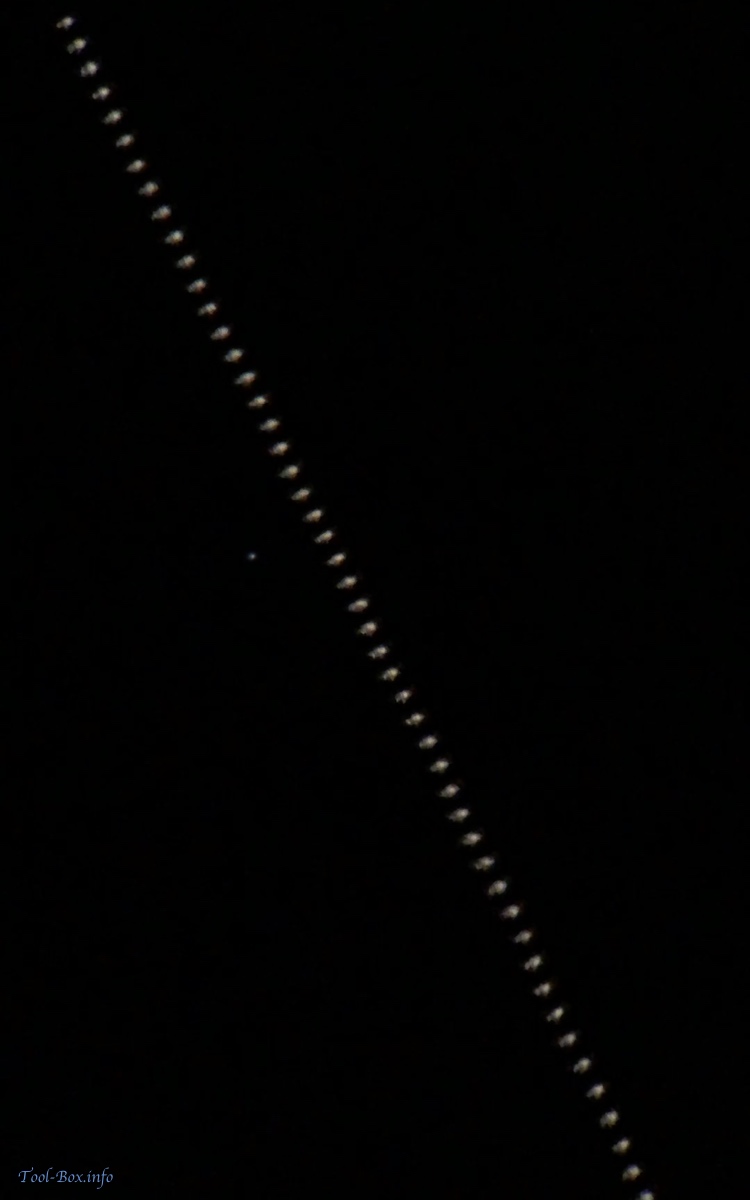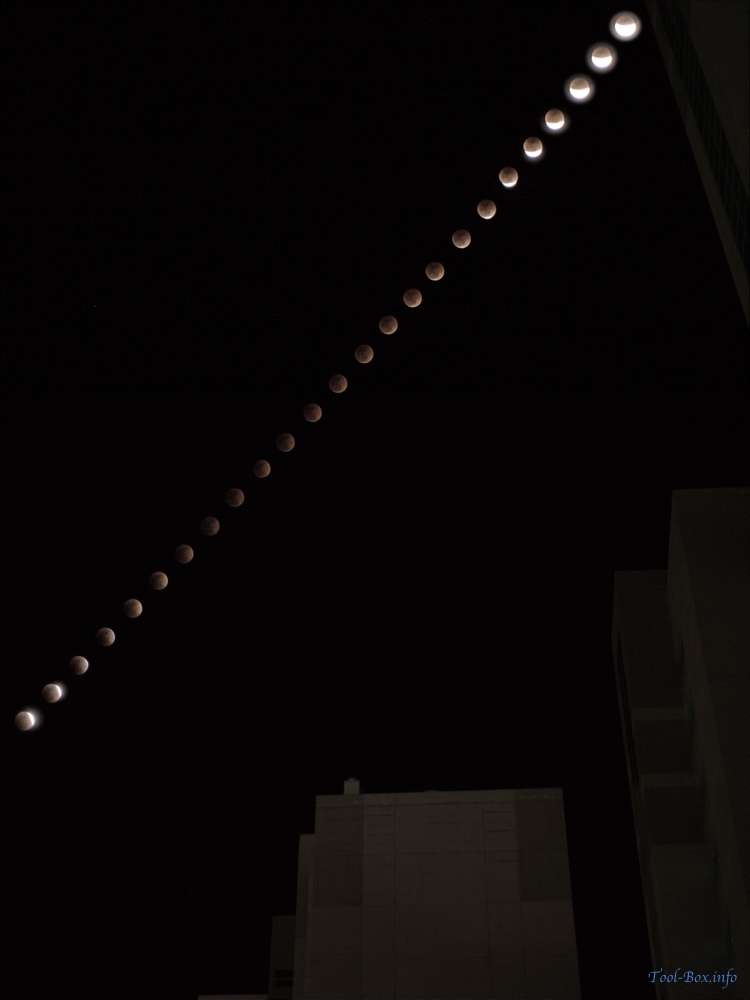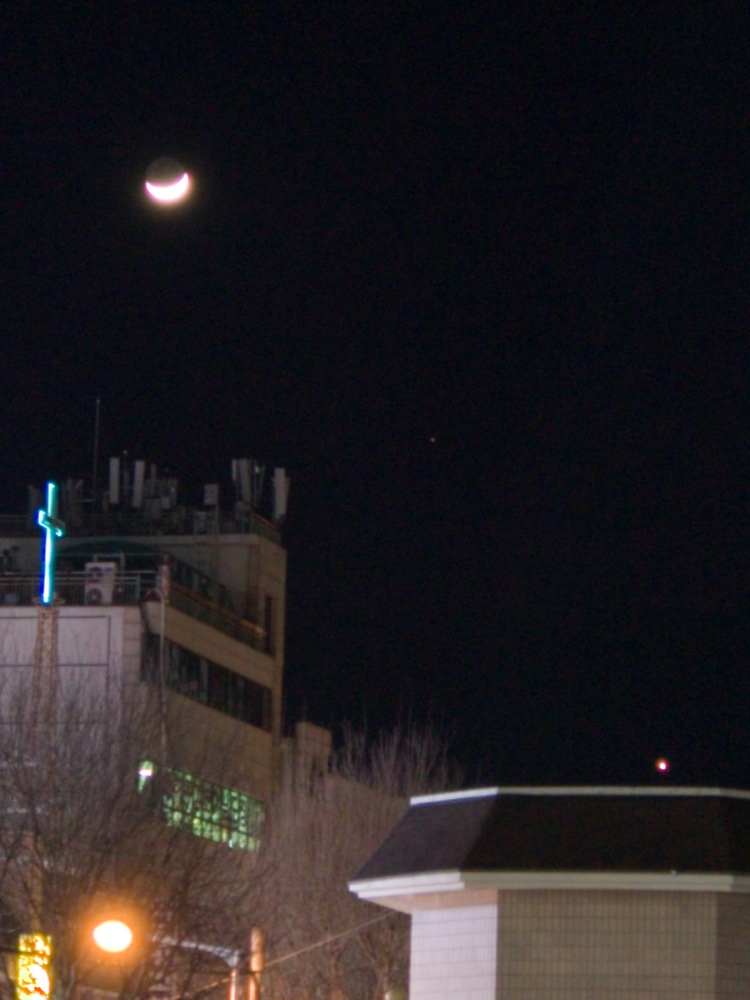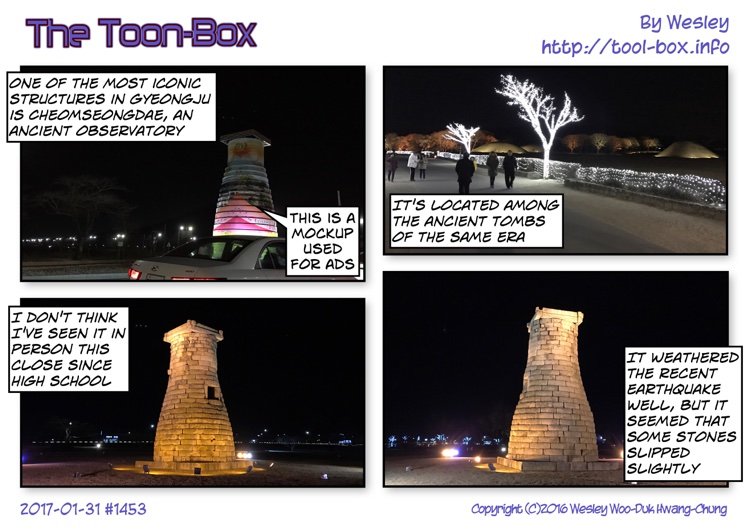ISS and Rigel as seen by iPhone X
Posted by Wesley onThe International Space Station was to make a very close pass to Rigel, one of the brightest stars making up the Orion constellation, last Saturday evening where I live. The separation at the closest point was around 0.055°, making it look like the space station passing right over the star to the naked eye. Instead of manual tracking, I decided to fix the telescope on Rigel and record the pass with iPhone X's 4K 60fps video mode. A total of 50 consecutive frames captured the rapid movement. The windy condition, coupled with relatively low angle (35.6°) blurred the results a lot, so I should try this technique again at a higher angle.
Here's the rotated video of the pass, once at the original speed and once at the slow speed.
Telescope: Celestron NexStar 6SE + X-Cel LX 9mm eyepiece
Device: iPhone X (afocal)
Settings: 28mm - ISO 880 - 1/1500s - f/1.8
Filters: None
Date/Time: 2018-03-24 20:00:59 KST
Location: Naju, Korea



